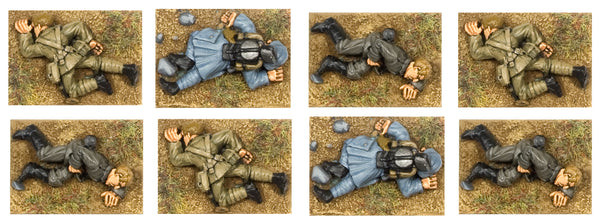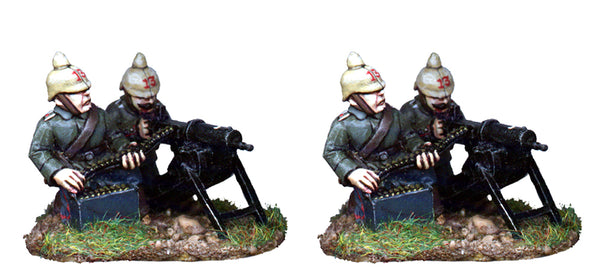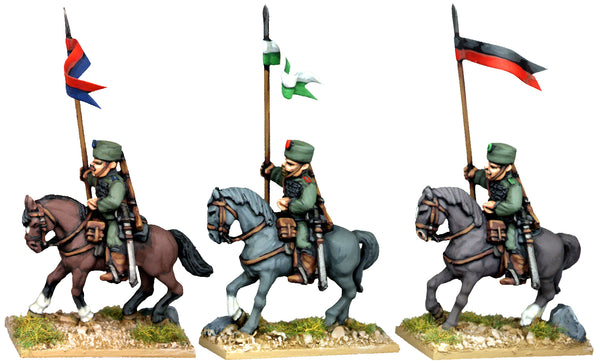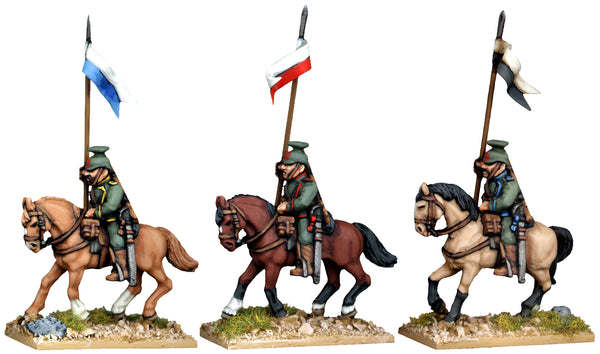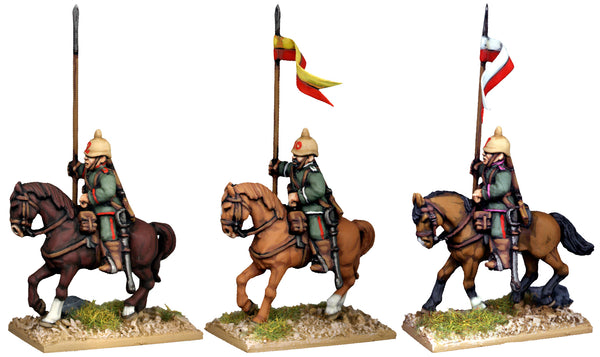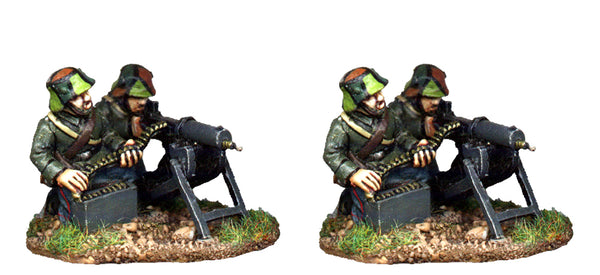WW1 Great War German
Initial German infantry organisation: German infantry regiments (see full article for strengths) were placed in pairs to form brigades. Two brigades made a division and two divisions made an army corps. A corps therefore was theoretically around 24,000 men. During the course of the war there was some alteration to this when divisions were cut from 4 to 3 regiments around mid-1915.
German Infantry: Regiments were made up of 3 Battalions. Each Battalion had 4 companies plus a machine-gun company. Companies were split into 3 platoons which were divided into four sections. Sections comprised two squads each with 8 men and a lance-corporal. It was estimated that battalion strengths were around 750 (March 1917), 800 (end 1917), 850 (1918). These numbers were for other ranks, and did not include machine-gun companies. Nominal war time establishment for a regiment was 3,307 all ranks with 59 wagons. Field grey uniforms had been introduced in 1910 and was lighter and less green than that which became common during the war. By 1915 a simplified version was issued, basically the same cut but distinctive cuff styles were replaced by simple turnback versions, and some of the piping was omitted. Regimental distinctions for these and the plain blouse (‘bluse’) were mainly through the regimental shoulder straps.
Read the full article on The Great War By John French.
You might also be interested in this article on German Cavalry by John French and Kevin Dallimore.

